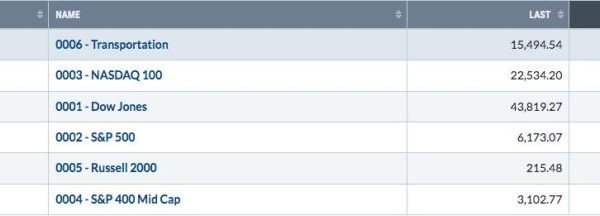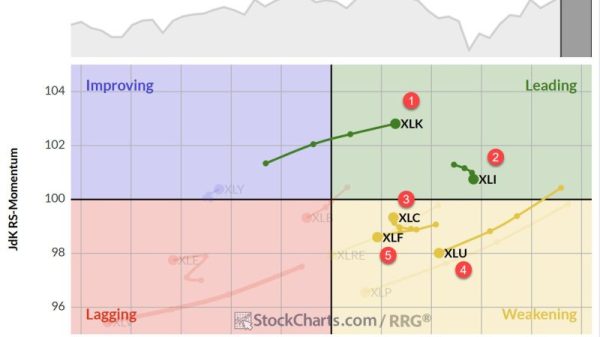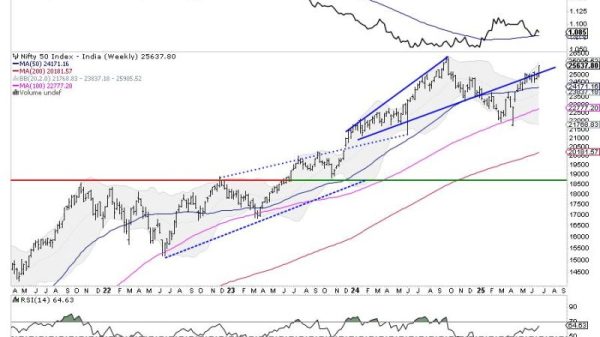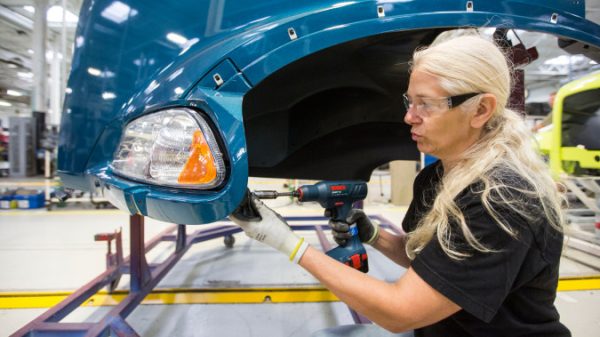A new report from the International Energy Forum (IEF) outlines a key challenge for the global energy transition.
To meet business-as-usual requirements, the world will have to mine 115 percent more copper in the next 30 years than was historically mined up until 2018. And in order to electrify the world’s fleet of vehicles, the organization states that 55 percent more new mines will need to come into production than would otherwise be needed.
Illustrating that point, the IEF explains that electric vehicles (EVs) currently need about 60 kilograms of copper, over twice as much as the 24 kilograms required for traditional internal combustion engine vehicles.
Breaking down the numbers into four scenarios — business as usual, hybrid, EV plus grid and net zero — the IEF looks at how much more copper production and how many new copper mines will be needed on top of the 2018 baseline.
In the business-as-usual scenario, the report states that 260 million more metric tons (MT) of copper will be required, which equates to 16.3 million MT of new mine production annually by 2050, or 35 new mines.
Number of copper mines needed to support demand.
Chart via the IEF.
On the flip side, in the net-zero scenario, 91.3 million MT of new mine output will be needed, which works out to a massive 194 new mines in 2050. In that case, six new mines would need to come online per year.
The IEF highlights that while there is ‘plenty of copper available,’ what’s less certain is whether companies will be able to mine it fast enough to allow for baseline global development and vehicle electrification.
‘The strongest evidence for this concern is the lack of sufficient copper resources in the discovery pipeline. New copper mines that started operation between 2019 and 2022 took an average of 23 years from the time of a resource discovery for mines to be permitted, built, and put into operation,’ it states in its report.
Furthermore, since 1990, only 16 out of 224 copper deposits discovered have been large enough to be considered significant. This has been the case even with an increase in mining exploration budgets.
With that in mind, the IEF notes that there are reasons to be optimistic that the world will be able to meet business-as-usual demand and perhaps ‘respond to some increased demand.’ It notes that brownfield expansions tends to be more efficient, with mine sites in Arizona, New Mexico and Utah being potential candidates.
Copper resources more than 500 meters below surface may also become economic. Additionally, substantial copper resources are contained in surface stockpiles. For example, Freeport-McMoRan (NYSE:FCX) estimates it has over 17 million MT of copper in waste stockpiles that were previously thought to be unrecoverable.
With advancements in leaching techniques, the company expects to extract this copper at a rate of 90,000 MT per year, which is 20 percent of the copper production of a reference mine.
This production is low-cost, demands less water and has a lower carbon footprint since it was previously mined.
The IEF report states its numbers will be thrown off if recycling remains constant at its 2018 level instead of increasing — in that case, 43 new mines will be needed to meet business-as-usual demand instead of 35.
In a press release, Joseph McMonigle, secretary general of the IEF, said achieving 100 percent vehicle electrification by 2035 is ‘highly unlikely’ under current policies for mining copper.
‘To make the best use of available copper supply, governments should prioritize economy-wide electrification, which is the foundation of climate policy. Moreover, governments need to incentivize and support new copper mine projects because without it, 100 percent adoption of EVs is not an achievable target,’ he noted.
Securities Disclosure: I, Giann Liguid, hold no direct investment interest in any company mentioned in this article.





























